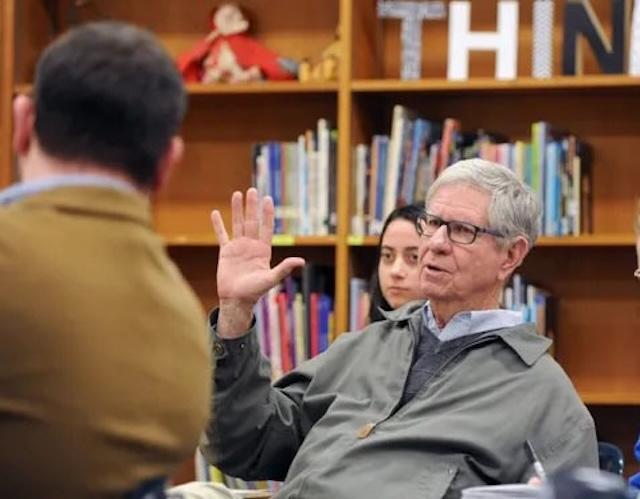Topics continue to proliferate. This week we examine the human aspects of school: safety.
Safety: How can a child retain information if they do not feel safe? When lock-down drills are far more of a reality than the fire drill, we have a societal issue that should be the first topic of every adult discussion.
A student was eating lunch in a West Knoxville school at the beginning of school this year when there was a lockdown. The student told their parent, “I knew it was real because we would never leave our lunch so we could hide.” I wonder how many skills were retained that week.
There have been 413 school shootings since 1999, and 378,000 students have experienced gun violence since Columbine: Washington Post.
Shootings in our schools are not a trending issue for discussion like curriculum, testing and class sizes. Perry, Iowa; Uvalde, Texas; Nashville, Tennessee, are imbedded horrors that must be dissected to get a prevention plan for every school in every community.
School resource officers are being placed in our local schools. In my work at Pond Gap Elementary, we were one of the first to have a school resource officer. Over the years, these officers did exemplary work. They get to know the kiddos and the families.
In the first meetings, I was told the concerns were about what came into the school from the outside, not what went on inside. Think about how times have changed to focus on the concerns about what might happen within the school.
When KPD Chief David Rausch was in charge, he encouraged the police to come to school for dinner with the kids and families. Remember, our University Assisted Community School served dinner for participants and families before they went home. This was good for the kiddos and the police. This was neighborhood policing at its best.
As a prevention of school violence, keep in mind that the more you watch, the more you catch. Maybe a caring community develops.
The next question to ask is how the mental health issues are being overlooked to the point so that we have gotten to this type of violence? After the fact, everyone remembers signs and issues exhibited by the perpetrators but what? Nothing? No interventions were given? No help sought?
I leave this with the same advice: Ask the questions, seek the answers. Demand solutions. Or we will keep adding to these staggering figures.
Bob Kronick is professor emeritus University of Tennessee. Bob welcomes your comments or questions to rkronick@utk.edu.

